Last updated on September 12th, 2023 at 07:21 am
Introduction
Popular communication methods include radios. It is possible that radios are not common devices in today’s wireless environment. It is common to see VoIP phones replacing radios in many offices.
Radios, however, have gained popularity in recent years since they provide a more efficient means of communication. It is also advantageous to use a ham radio for communication since it is more efficient than other options. Let’s examine radio communication from different angles in this blog.
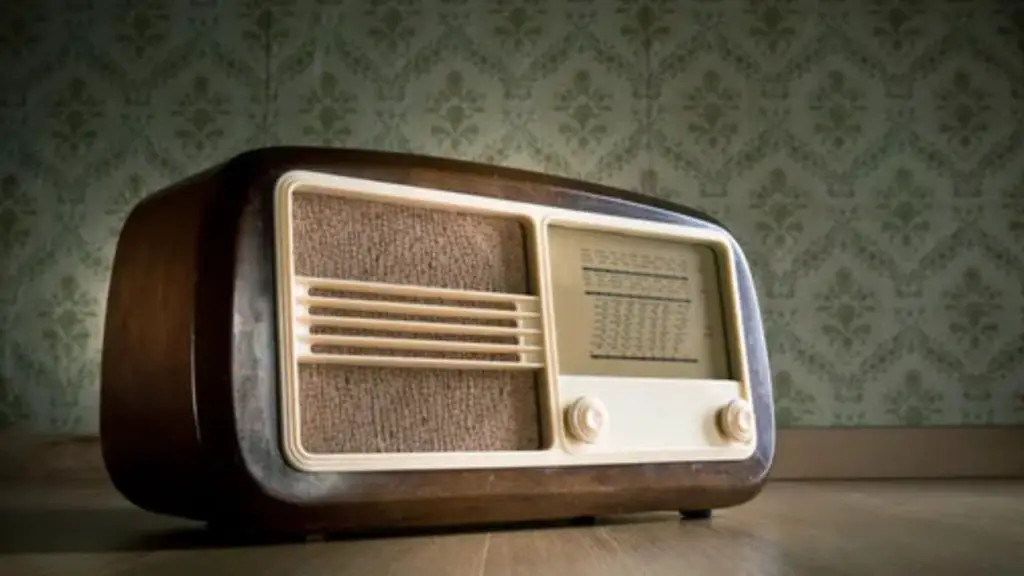
What Are Radios?
Radios transmit and receive electromagnetic waves, allowing people to communicate with each other. They are available in a wide range of shapes and sizes and can be used to broadcast news or music or to communicate with people in other countries.
In the late 1800s, the first radio was invented, and since then, they have become an essential part of our everyday lives. Millions of radios are in use today around the globe, and they play an important role in the modern communication infrastructure.
How do Radios work?
Electromagnetic waves transmit and receive information on radios. A variety of sources can generate these waves, including antennas, electrical circuits, and natural sources like the sun.
Electrons in antennas vibrate when electromagnetic waves strike them. Electrical signals are then generated from these vibrations and amplified and broadcast.
Similar to transmitters, receivers also convert the incoming electrical signals into vibrations, which will then be converted into sound waves. On the radio, we can hear music and other programs because of this arrangement.
How to Use Radios?
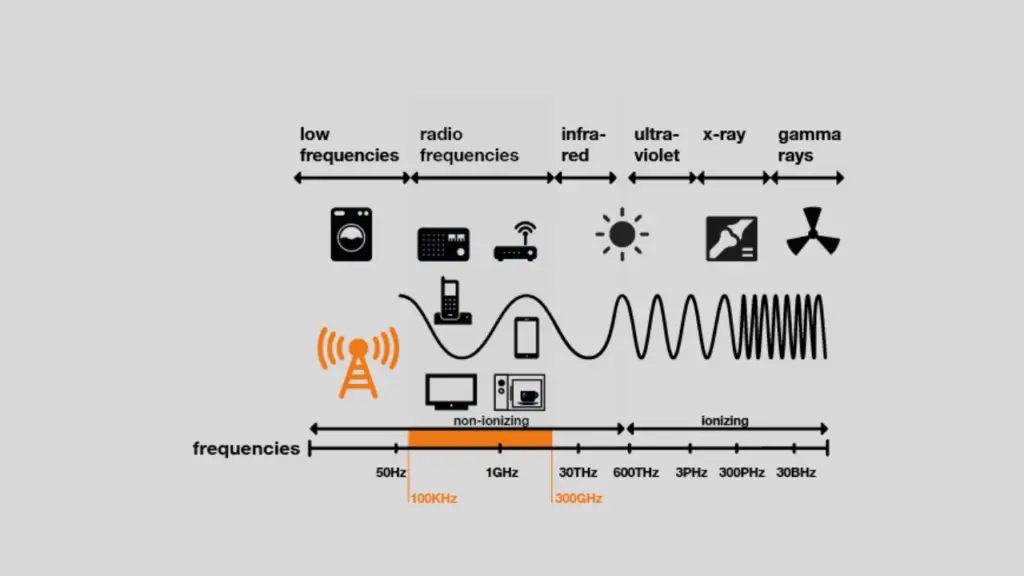
You should always have radios in your toolbox, as they are very versatile. From communicating with others to listening to music, they are used for a variety of reasons. You can maximize your radio by following these tips:
Step: 1
Ensure that the radio you choose is appropriate for your needs. The market offers a wide range of radios, ranging from handheld models to ones that can be mounted in your vehicle. Ensure you choose a radio that will meet your needs.
Step: 2
Become familiar with the features of your radio. Get to know your radio’s features by reading the manual and experimenting with it. By doing so, you’ll be able to maximize its features.
Step: 3
Preserve the condition of your radio by keeping it clean. Doing so will extend its lifespan and help it function properly.
Step: 4
Know what your radio can and cannot do. The radio is prone to interference and weather conditions can affect its performance.
The history of radio
Since the radio’s invention over a century ago, it has been around. In the late 1800s, technology was developed for communication with boats at sea, and it is still used to broadcast news and entertainment today. Today, radio is a part of our everyday lives and we cannot imagine a world without it.
The development of technology has helped radio come a long way since its early days, making it more accessible and easier to use than ever before. Today, we can listen to the radio on our smartphones, laptops, and even in our cars due to technology. The radio remains a part of our lives, and we won’t do without it.
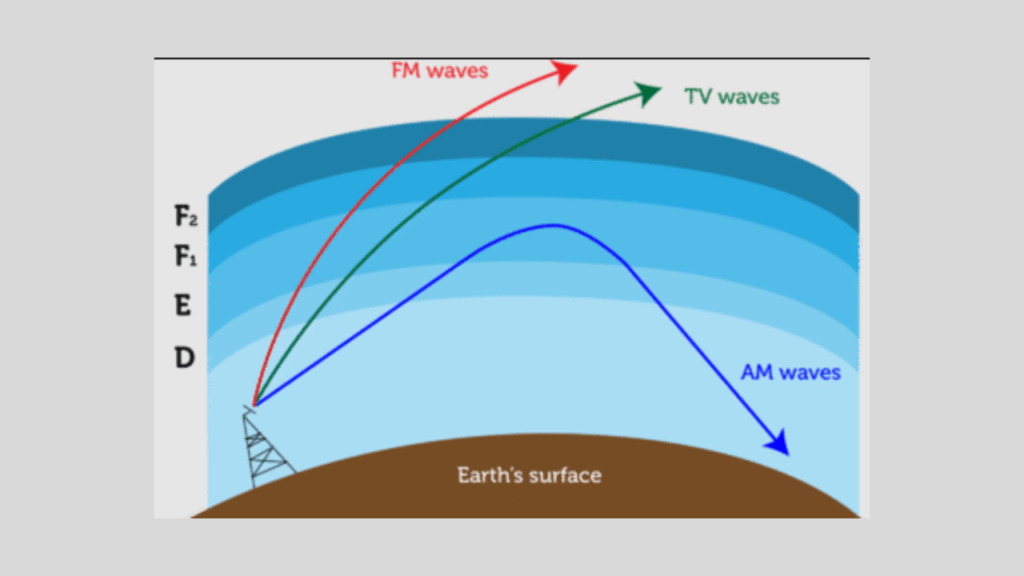
How do radio waves work?
The electromagnetic wave also called the radio wave, facilitates communication. These waves are generated by electronic devices and are transmitted through the air or space. The antenna converts radio waves into electrical signals so that they can be processed electronically.
There are many different wavelengths of radiation (e.g., 3 kHz) and extremely high frequencies (e.g., 3 GHz). Radio broadcasting, wireless communication, and radar all use different frequency bands. Electrical and magnetic fields oscillate to produce radio waves. Waves of energy are created by the oscillating fields, which travel through the air or space.
Radiation causes molecules in an object to vibrate when it hits it. Radio waves produce heat as a result of these vibrations, which is why microwave ovens use them to cook food. The vibrating molecules also produce sound, which is how radio waves are used to transmit music and other audio information.
List of notable radios
A wide variety of radios have outstanding design features, performance, and features. Among the most popular models are the following:
The Sony Walkman:
This portable radio was first introduced in the 1980s and quickly became a must-have for music lovers. It allowed people to listen to their favorite tunes on the go, and its sleek design made it a fashion statement as well.
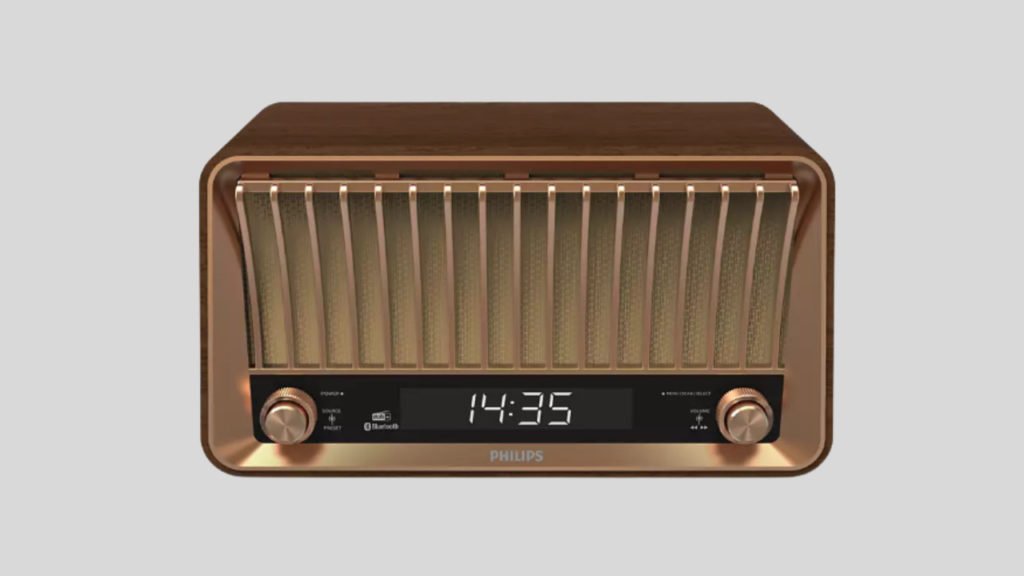
The Bose Wave Radio:
Rich, lifelike sounds are a hallmark of this radio. Featuring a sleek design, it can be used in any room in your home.
The Sangean WR-22:
A favorite of audiophiles, this radio provides high-quality sound. The wood cabinet provides a beautiful look, and the sound quality is outstanding.
The Roberts Revival:
Despite its vintage design, this radio is fully updated for the 21st century. This radio features a retro style and delivers high-quality sound.
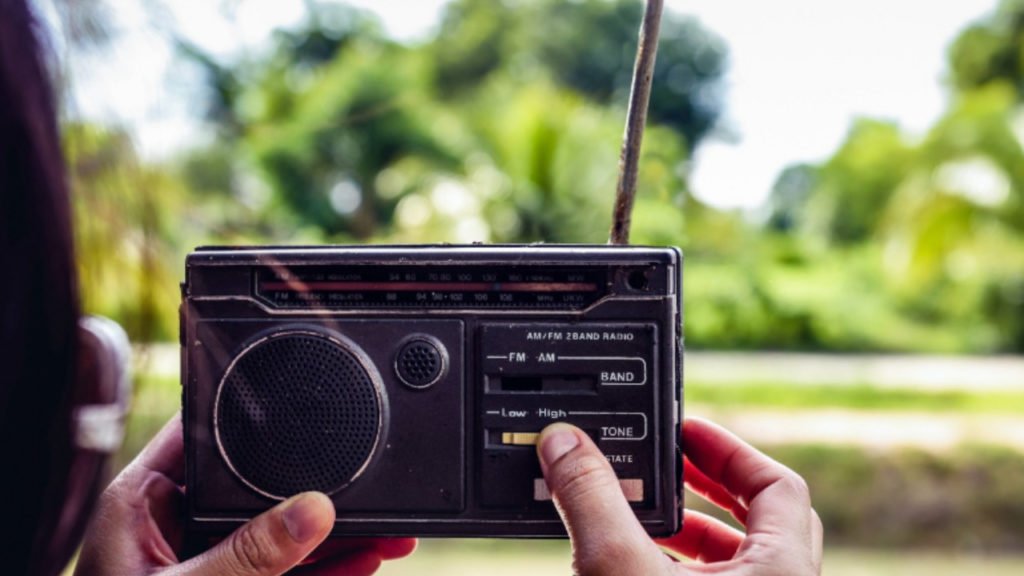
How radio waves are transmitted?
A process of electromagnetic radiation transmits radio waves through the air. Employing electromagnetic induction, an electrical signal is converted into a radio wave and transmitted through the air.
A receiver then receives the radio wave, which is converted back into an electrical signal
How radio waves get to your radio?
You do more than just power up your radio when you flip the switch. In addition to transmitting and receiving radio waves, you’re activating a complex system of transmitters and receivers.
Those radio waves are electromagnetic waves, which means they can travel at the speed of light through the air.
A transmitter sends out radio waves that are picked up by the receiver. These radio waves are then converted into electrical signals by the receiver, which is amplified and sent to the speakers.
You can instantly hear music or another programming when you turn on your radio because this process takes place instantly.
As a type of energy, radio waves are subject to the laws of physics just like any other type. They must be able to bounce off objects and travel through the air to make their way from the transmitter to the receiver.
Because there are fewer objects for the radio waves to bounce off of, you can usually hear your radio better outside or in an open area.
The transmission of information using radio waves is an interesting example of how energy can be used. Think about the incredible journey radio waves have taken to reach you the next time you listen to your radio.
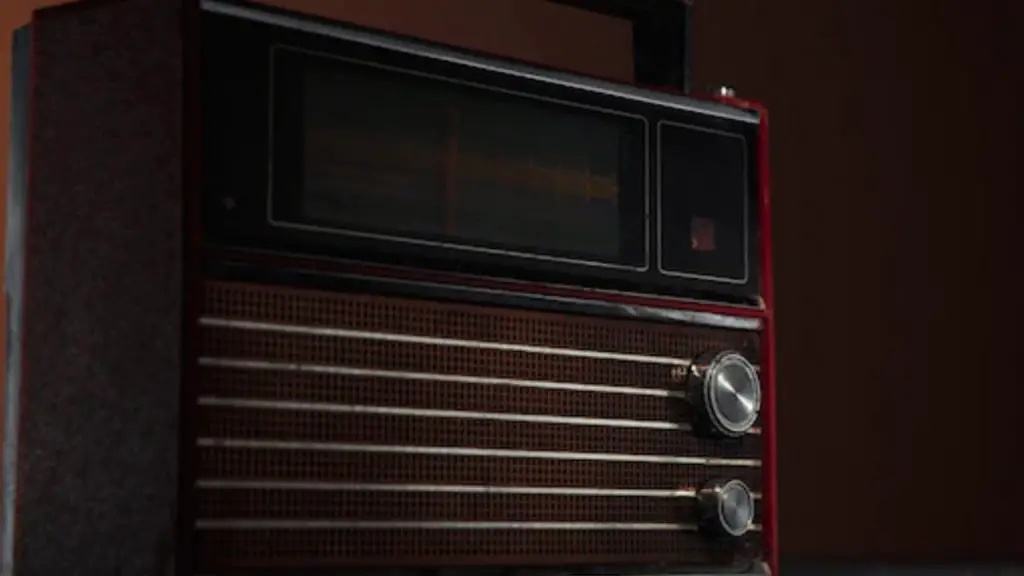
What is involved in capturing radio waves?
An electromagnetic device called a radio receiver can be used to capture radio waves, a type of electromagnetic radiation. Natural sources such as the sun as well as artificial sources such as radio transmitters generate radio waves.
Receiver devices convert radio waves into electrical signals that can be processed by a variety of electronic devices.
Radio waves play a crucial role in our everyday lives
Our daily lives are reliant on radio waves, which are a type of electromagnetic radiation. In radio and television broadcasts, as well as in radar and GPS systems, they serve the purpose of communication and navigation.
Electrical charges generate radio waves, which can be transmitted through the air or on wires. Communication is made possible by their ability to travel through space and penetrate walls.
In our daily lives, we use radio waves for several different purposes. Our world would be nothing without them, and we depend on them in numerous ways.
How to Listen to the Radio?
When listening to the radio, you should keep a few things in mind.
You should first find a station that you enjoy listening to. You can choose from a variety of stations, so explore until you find one that appeals to you.
When you find a station you enjoy, take the time to listen during a time when you can concentrate. Choosing a time when you will not be distracted by other things is essential.
Last but not least, keep an open mind when listening. That means being open to hearing new things and being willing to have your opinion challenged. The following things can help you enjoy and enrich your radio listening experience.
How to Listen to Radio Online?
Find the website of the radio station you want to listen to online. You can usually hear a live broadcast when you visit the website. You will then be able to listen to the radio station in a new window or tab once you click the button. Downloading an app like iHeartRadio or TuneIn Radio lets you listen to the radio on your phone.

How to Connect Radio to the Internet?
1. Connecting your radio to the internet can be done in a few different ways.
2. Connecting your radio directly to your router with an Ethernet cable is one way to do this.
3. Connecting your radio to your Wi-Fi network is also possible using a wireless adapter.
4. Ethernet cables are used to connect your radio to your router, and your radio to your Ethernet cable. You should be able to connect to the internet as soon as you plug in the cable.
5. You must connect the wireless adapter to your radio and then connect the radio to your Wi-Fi network to use a wireless adapter. Your radio should connect to the internet as soon as the adapter is connected.
How to Listen to a Radio Station in Different City?
Listening to a radio station in a different city can be done in a few different ways.
You can find a live streaming option on the station’s website.
It is possible to search for a station by downloading a radio app, such as TuneIn or iHeartRadio.
If your radio doesn’t broadcast the station’s frequency, you can find the frequency using a radio directory like Radio-Locator.com and then tune in.
How to choose a Good radio?
You should consider a few things when purchasing a new radio.
Before purchasing a new radio, determine what type of radio you want. Radios offer many varieties, including portables, tabletops, and car radios.
Secondly, think about your personal preferences.
Is a digital tuner a concern for you?
Is CD playback important to you?
Once you’ve decided on the type of radio you need and the features you desire, you can begin your search. Look for the radio that best meets your needs by comparing prices and reviews.
Conclusion
Here are some interesting facts about radios, which I hope will help dispel some myths about how they work. Thank you for reading and I hope you find this interesting!
